Legg Perthes Disease Dog
Legg perthes disease dog. A CDC Fact Sheet. Legg-Calve-Perthes Disease also known as Avascular or Aseptic Necrosis of the Femoral Head is a condition in which the head and neck of the femur the ball of the hip joint break down causing degenerative joint disease and. Yorkshire Miniature Pinschers and Toy Poodles.
Abstract Twenty seven dogs two of them obtained by inbreeding in which LeggPerthes disease was verified clinically and roentgenologically were studied to elucidate the early changes encountered. Histologicalhistochemical methods oxytetracycline OTC bone labelling and auto and microradiography techniques were used. The disease most commonly affects terriers and toy breeds.
Legg-Calvé-Perthes disease in dogs recovery under the supervision of a veterinarian requires. Degeneration of the femoral head causes the bone to die and collapse and leads to arthritis. Legg Calvé Perthes disease is a developmental abnormality that affects almost exclusively small breed dogs whose etiology is still uncertain.
Although the etiology is still uncertain the pathogenesis is very similar to that described in humans. How is Legg-Calve-Perthes disease diagnosed. Obsessive grooming of the affected leg.
There is also evidence of hereditary predisposition so breeding of affected dogs is discouraged. The hip is a ball-and-socket joint. Contact your vet if you are concerned your dog may have Legg-Perthes or if they have.
Legg-Calve-Perthes disease affects male and female dogs with equal frequency. Linear Foreign Bodies in Dogs and Cats. Legg-Perthes in dogs Overview.
Legg Calvé Perthes disease LCPD is a developmental abnormality that usually affects young small breed dogs. Legg-Calve-Perthes disease is most commonly seen in small dogs under 20 lbs.
Legg-Calve-Perthes Disease also known as Avascular or Aseptic Necrosis of the Femoral Head is a condition in which the head and neck of the femur the ball of the hip joint break down causing degenerative joint disease and.
There is also evidence of hereditary predisposition so breeding of affected dogs is discouraged. LCP results when the blood supply to the femoral head is interrupted resulting in avascular necrosis or the death of the bone cells. Obsessive grooming of the affected leg. Yorkshire Miniature Pinschers and Toy Poodles. Signs of Legg-Calve-Perthes Disease in Dogs Lameness or limping that gets gradually worse Stiffness in one or both rear limbs Licking or chewing the skin over the hip area Muscle atrophy in the affected limb Reclusiveness restlessness lethargy anxiety or aggressive behavior due to pain Pain. Appropriate exercise Physical therapy Check-ups High quality diet Patience. Legg Calvé Perthes disease LCPD is a developmental abnormality that usually affects young small breed dogs. Legg-Perthes disease is found in puppies of miniature toy and small dog breeds such as small terriers eg. Lipomas in Dogs and Cats.
Legg-Calve-Perthes Disease LCP is a disorder of hip joint conformation occurring in both humans and dogs. It is also called avascular or aseptic necrosis of the femoral head and it is a condition of the hip joint. The hip is a ball-and-socket joint. Legg-Calve-Perthes disease is most commonly seen in small dogs under 20 lbs. In dogs it is most often seen in the miniature and toy breeds between the ages of 4 months to a year. Legg-Calve-Perthes Disease is a debilitating condition in dogs that leads to loss of function of one or both rear legs. Legg-Perthes in dogs Overview.
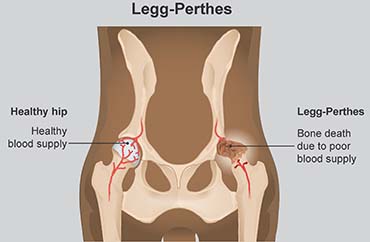



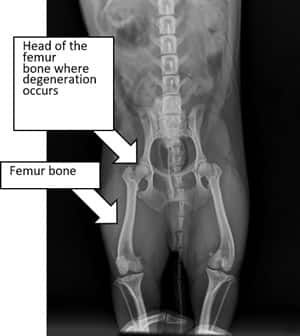





/GettyImages-693993226-0b8ea8a16d794265b7dba9adacb16754.jpg)

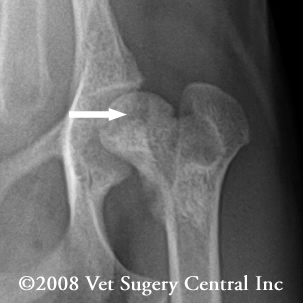
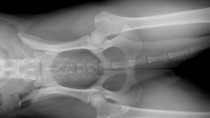
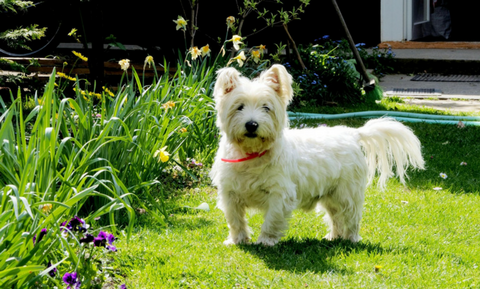
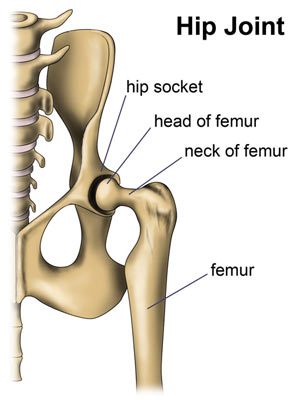





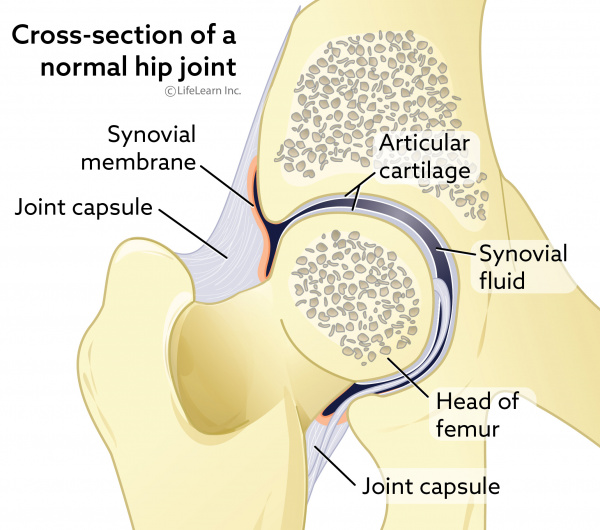
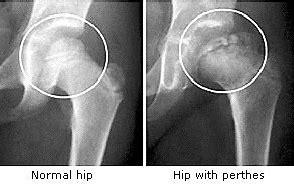
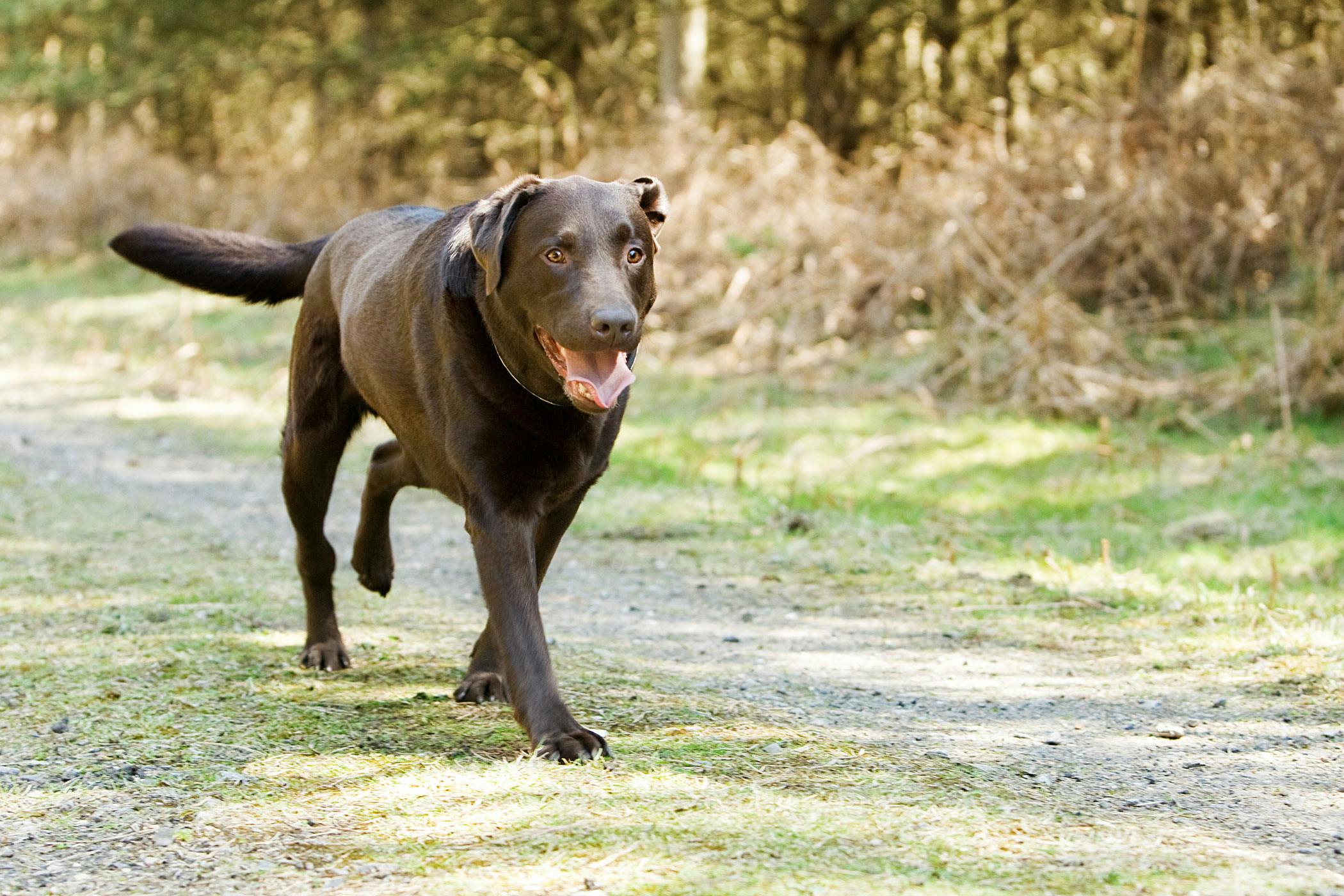




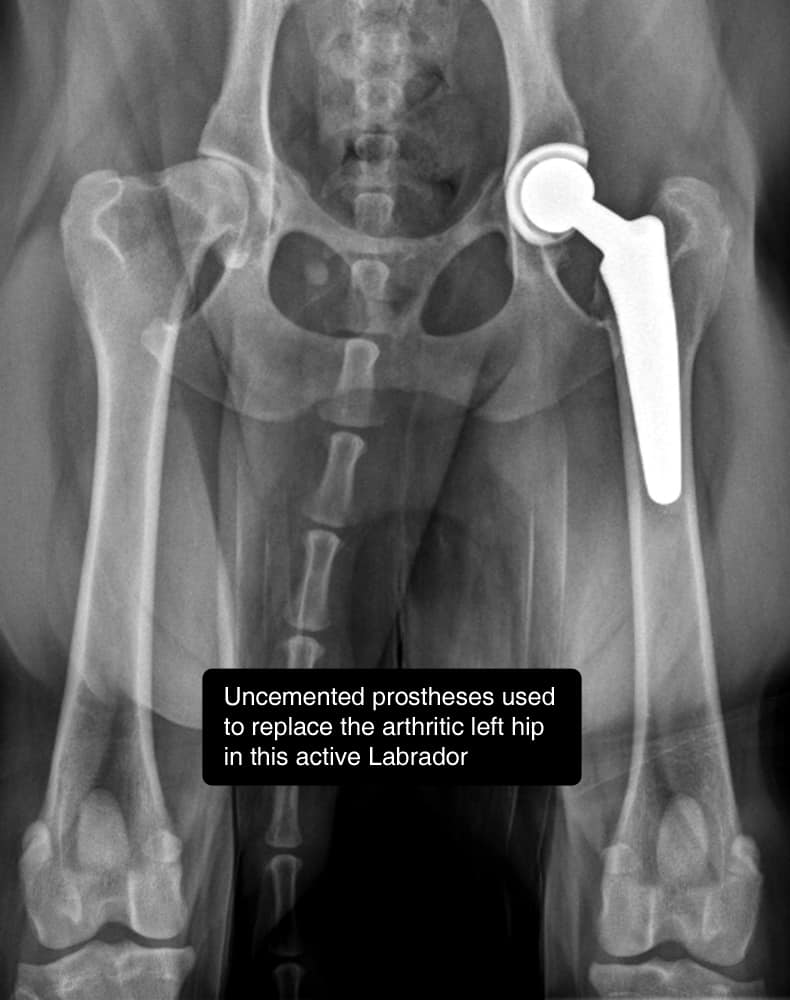



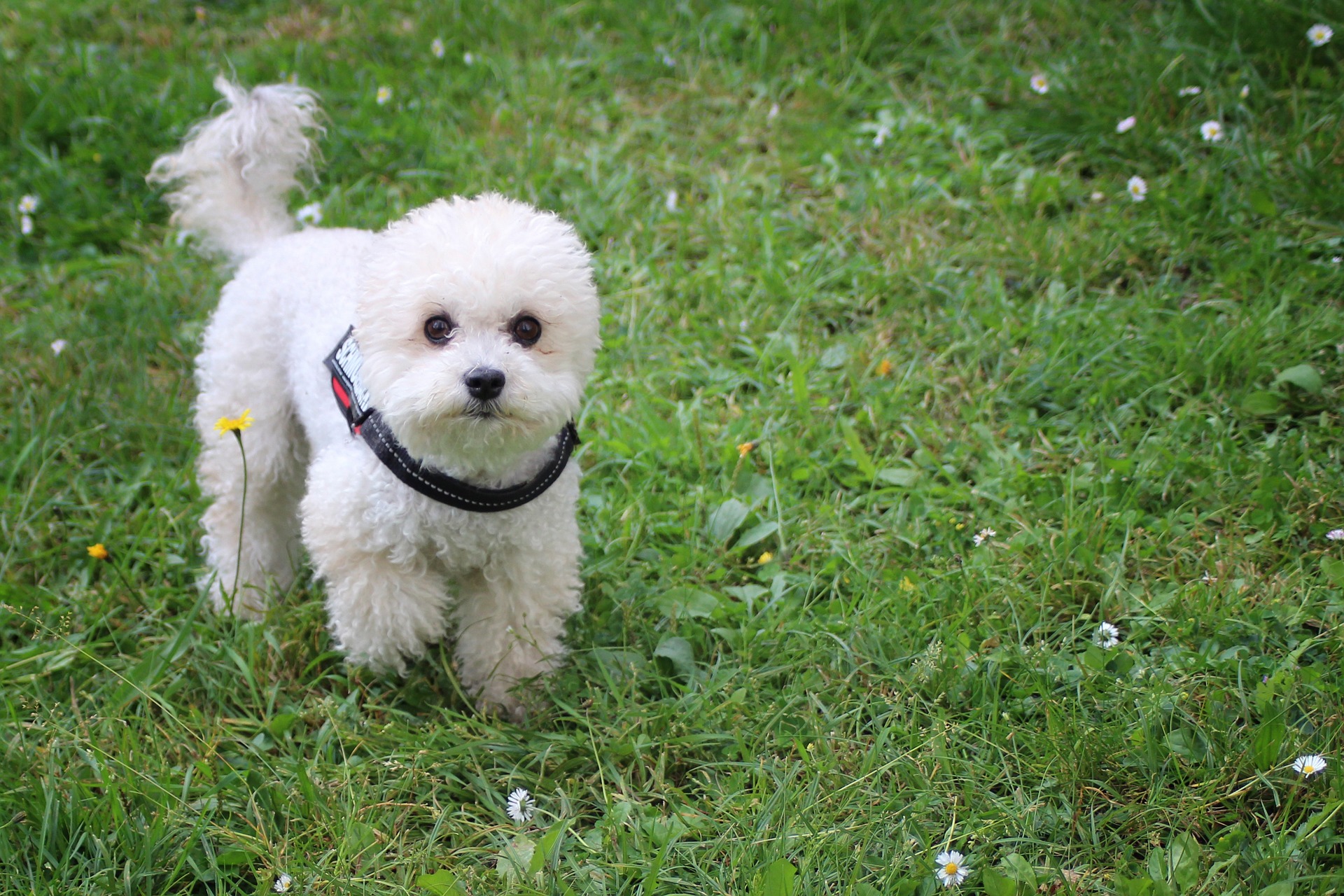

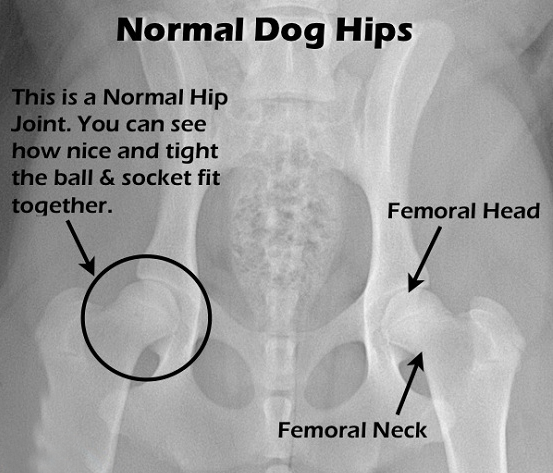
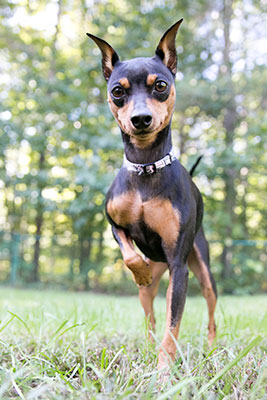
Post a Comment for "Legg Perthes Disease Dog"